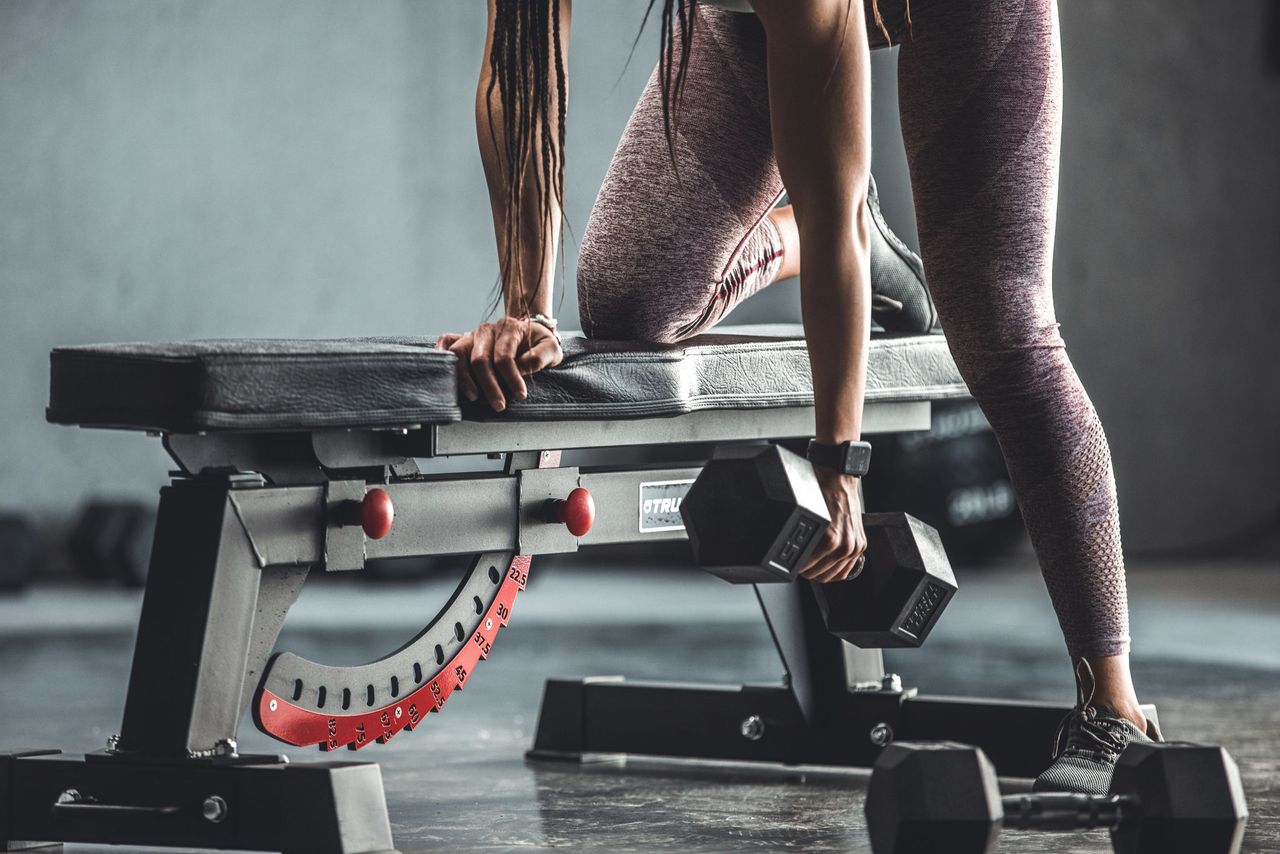01.25.2022 News
Incline vs Flat Bench: Which Should I Use?
When it comes to getting the most out of your workout, there’s nothing better than a weight bench. Suitable for a variety of exercises, the bench is one of the most basic and versatile pieces of equipment out there.
But as you do your research, you’ll notice there’s more than one type of bench. In fact, there are two different styles: incline bench vs flat bench. So, how do you know which one to choose? Is one better than the other?
The short answer is no, neither is objectively better. The best bench for you depends entirely on your exercise needs. Read on as we explore the unique characteristics of each type of bench so you can learn the difference between an incline and flat bench and how they can help you reach your fitness goals.
Workout Benches 101
When it comes to choosing an incline vs flat bench, the main differentiating factor is the angle of the exercise platform.
- Flat benches lie completely horizontal, parallel to the ground. You can’t adjust the bench angle of a flat utility bench.
- Incline benches can lie flat or at an angle. Different from an adjustable ab bench, an incline bench has two sections, a seat and a back, that can be secured in various positions, from totally flat to nearly straight up.
Both benches can be used for a wide variety of strength and cardio routines. And you can bet they’ll have you sweating hard. An example workout that can be completed with either the flat or incline bench includes:
- Box jumps – Start with a squat, then jump up and land on the bench with two feet to get your heart rate up.
- Core and resistance exercises – Try tricep dips or leg lifts for a full-body burn.
That being said, many people use their benches to build upper body strength. In fact, the bench and the bench press go together like workout and recovery. And if you’re serious about building muscle mass, chances are the bench press is a fundamental part of your workout routine.
The good news is that regardless of angle, both flat and incline benches work the following upper body muscles:1
- Pectoralis major, which you can think of as the biggest muscle on either side of your chest, sitting front and center.
- Anterior deltoid, also known as your front shoulder muscles.
- Triceps brachii, which lie on the back of the upper arms.
However, there are also various muscle fibers and tendons surrounding these major muscle group areas that can benefit from some special attention. Targeting specific areas helps to develop greater stability and definition for the respective muscle group. This is where the difference between a flat bench and an incline bench matters for muscle activation.
Flat Benches Provide a Good Baseline
When it comes to a standard bench press, turn to the flat bench. Because this bench keeps you parallel to the ground, the line of force is centered on your chest while lifting, leading to strong development of the chest muscle.2
Putting in those reps on the flat bench is essential if you’re looking for general upper body growth. Since bench pressing with a flat bench builds mass throughout the chest muscle group, you’ll walk away with even pec muscles.
Incline Benches Fill Out Specific Spots
If working out the upper chest generally has left you plateauing, you can spice it up by targeting specific areas of the muscle. Additionally, if you’re prone to upper-body injuries, using a fid bench can take some of the pressure off.
Consider increasing the angle of your fid bench to cater to the following parts of the body:3
- Upper pec muscles – These muscles bear more of the tension when the back of the adjustable bench is raised.
- Front deltoid muscles – Your front delts are targeted when the bench angle is positioned at fifteen to thirty degrees.
- Rotator cuff – Your rotator cuff is less likely to be injured when your bench is at an incline.
Flat vs. Incline: Which Should You Choose?
Still deciding which bench is right for you? Try taking into account your typical workout routine and preferences. For instance:
-
If you don’t want to keep adjusting your bench, but you want to benefit from full body workouts, keep it simple with a flat bench. Aside from bench presses, you can use it to perform a variety of full body moves, such as:
- Step-ups for your glutes and legs
- Dumbbell rows to fill out the upper body
- Bicycle crunches, traditional crunches, and Russian twists for a strong core
- If you’re looking to expand the number of workouts you can perform, choose a versatile incline bench. With an easily adjustable bench, you can keep it flat for basic moves or prop it up at a different angle to challenge your muscles and push past plateaus.
Tru Grit: Fuel Your Fitness with Quality Equipment
When you’re pumping out reps on the regular, it can be easy to get stuck in the same routine day-in and day-out. But with a workout bench from Tru Grit, you can explore a variety of different weight bench exercises, effectively trigger muscle activation, and prevent your progress from slowing.
Whether it’s the Fixed Flat Utility Weight Bench or the Adjustable Power Bench that speaks to you, finding sturdy, dependable equipment is the first step to achieving your fitness goals. Our heavy-duty steel benches, complete with non-slip foot pads, provide the support you need to get the best out of each rep. So, shop Tru Grit, and get lifting to maximize muscle mass.
Sources:
Healthline. Incline vs. Flat Bench: What’s Best for Your Chest? https://www.healthline.com/health/fitness-exercise/incline-vs-flat-bench
Strength Log. 5 Differences Between Incline Bench Press vs Flat Bench Press. https://www.strengthlog.com/incline-bench-press-vs-flat-bench-press/
 Now Accepting HSA/FSA
Now Accepting HSA/FSA

